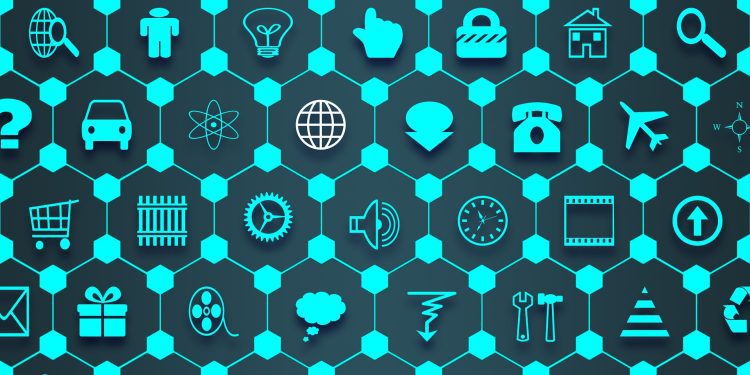Improving and innovating combinations of Open Banking and IoT technology could create additional benefits that expand the use cases of both in collaboration. Rolands Mesters comments in readwrite:
Both open banking and IoT are able to gather valuable data from customers and supply this information to relevant businesses. While the information obtained by open banking platforms is related to financial transactions which aid in creating a customer profile, IoT is able to provide additional insights in relation to lifestyle choices and day-to-day schedules. Using this data, businesses can adapt to clients’ needs and habits relying on new and always updating customer information.
While there are obvious use cases discussed, like IoT-enabled appliances linking to purchases of groceries, other intriguing use cases go beyond traditional consumer goods in areas such as insurance:
Insurance companies and lenders can also take advantage of the combined amounts of data gathered through both sources. For years, insurance firms and loan companies have made judgments and performed creditworthiness checks based on historical data and outdated information stored within credit bureau databases to manage uncertainty and risk, calculating risk by analyzing information on prior customers and their general behaviors.
However, the tremendous rise of the Internet of Things data, collected and stored in near real-time, has the potential to fully restructure this system. The sensors and software present in IoT devices can supply insurers and lenders with real-time data on nearly everything relating to their customers’ day-to-day lives, including daily schedules, driving habits, and fitness levels.
Moving into the future there are additional opportunities to improve security for both open banking and IoT through better use of biometrics, not only for individual consumer authentication, but also for banks to combat unauthorized access issues.
Overview by Jordan Hirschfield, Director of Research at Mercator Advisory Group











